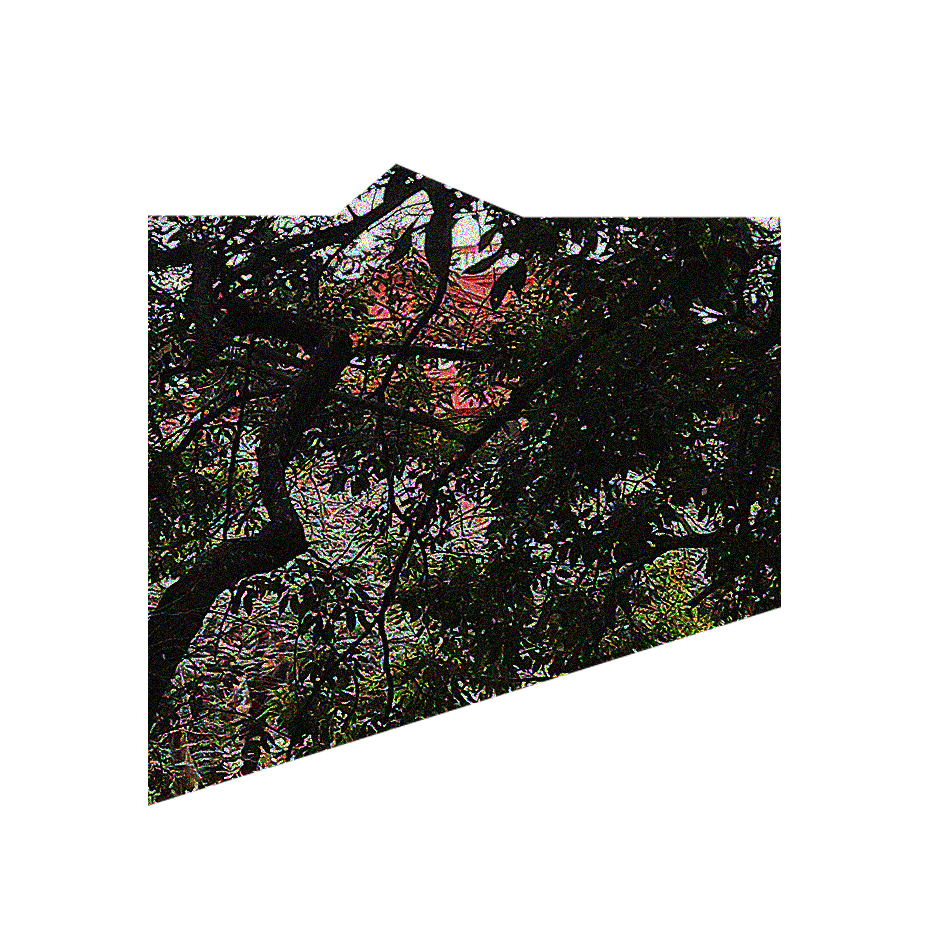



















The Fort- A House for Ruth Carter
Studio:
Architecture InteriorDesign
7th Semester, 2022
Studio Mentors:
Project Description:
A set of artists are to inhabit a live-work space for a period of two years as part of a residency program. That also involves their participation with the community thereby exploring the liminal edge between inside and outside. In addition, they are to have neighbors who are also part of the creative community.
Artist chosen: Ruth Carter, costume designer
Layers of a character
and their space
The brief for the studio focused on the lives of four artists from the Netflix series, Abstract- Cas Holman, Tinker Hatfield, Es Devlin and Olafur Eliason. The selection, though accomplished, did not represent any person of colour. The artist chosen for this project, Ruth Carter, defies the brief and raises questions about the lack of representation of coloured people even in predominantly brown contexts like India.
Beyond the Brief- Ruth Carter, the costume designer
The iconic buildings are visible in slivers from the site- the pediment and Pomepein Red of the High Court, the statue and stone of the Vidhana Soudha and the planes of the Prestige Building
Located in Cubbon Park, the site is rich in political history.
The Site sits between Vidhana Soudha (built in neo-Dravidian style) and the High Court (built in Europeanate revivalist style).
The volume reflects the two- imitates the High Court onto the side of Vidhana Soudha and vice versa. It questions how much democracy is a borrowed idea and how deep the legacy of colonization and monarchy runs when discrimination based on colour and caste and still rampant seven decades after independence.
The external volume is a funhouse mirror- it reflects the stone of the Vidhana Soudha as a synthetic cladding. The ceremonial imperial staircase hosts urn balusters which slowly descend into flat imagery as prints on glass. The space under Ruth's neighbour, Cas's volume becomes a space for Ruth to paint and the staircase and the landing becomes a space for collaboration and socializing.
Ruth lives in a bubble amidst people and it shows in her love for people watching. She spends her days educating herself on African-American culture and crafting empowering post-colonial narratives through costumes.
Mapping Ruth's interests
One of the narratives she helped craft was that of Wakanda- an African nation bedazzled with culture and technological advancements (not opposing one another). This culture is untouched by colonialism.
How would her volume look in a city like Bangalore steeped in colonial history?
The ring of colonial buildings share similar features much like other Revivalist buildings of their time.
Ruth's volume is inspired by her way of working which is almsot sacred- she considers art as prayer. The workstation is inspired by the Philosopher in Meditation by Remembrandt where the stairs lead to a private working area.
Abstracting the motifs of colonialsm
Entry to the volume is through the roof- the external volume hosts stairs to ensure privacy and no direct view into Ruth's interior space
The interior is characterized by rolls of sheets that can be used to sketch on. Ruth can tear the perforated sheets or customize the translucency of the sheets- crafting her space and gaze on her own tern.
Is Ruth Carter as a representation for colored people take away from her own unique character and accomplishments?
Plans of the Volume
The drapery (fabric) becomes a device for Ruth (costume designer) to design her volume
Why should interior be dictated by someone not living in the space?
The Hinge used for the door (opening on the roof)- Colonial strap hinge engraved with the quote "And still I rise" by Maya Angelou, one of Ruth's inspiration
The plan consists of two planes- a ground floor and a mezzanine where the privacy increases in the lower levels. The staircases have a bizzare quality where the flights are divided by the skin and shows the thin line between interior and exterior of the volume.
the door is opened by a mechanized foot pedal and has triangulated openings that light up the lower floor.
The furniture is created by Ruth herself by upcycling vintage colonial era furniture with soft sculpture made of cane mesh filled with foam filling.
The interior is left loosely designed to be filled with beads, fabric, mannequins, and knick-knacks by Ruth.